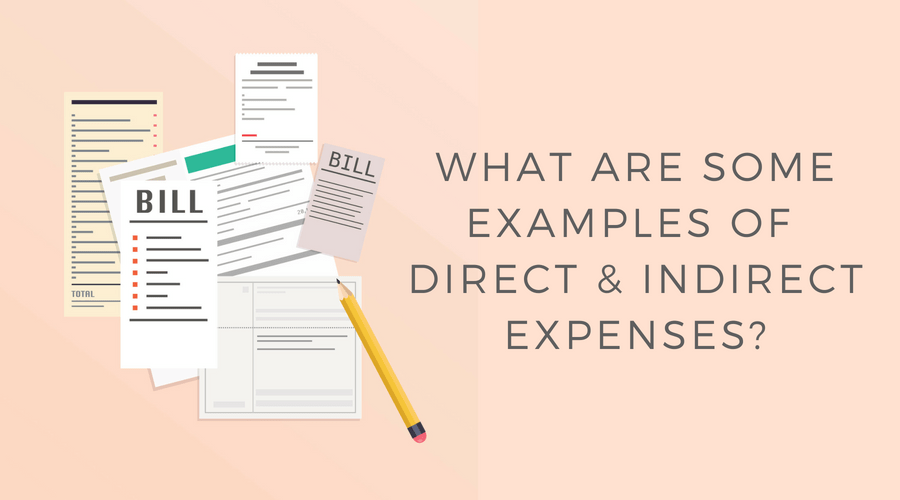What are Some Examples of Direct & Indirect Expenses?

You can trace direct expenses back to a specific product, service, customer, or project. Indirect expenses, on the other hand, cannot be tracked back to something specific. On the surface, that may seem pretty straightforward. But, sometimes, it can be tricky to figure out if an expense is direct or indirect. To help, check out these examples of each type.
Examples of direct expenses
Remember, every business is different. So, not all of these examples will apply to your company.
- raw materials
- sales commissions
- manufacturing supplies
- direct labor
- customer service
- purchase of goods to be sold
- transit of goods from the supplier
If you can’t figure out if something is a direct cost, ask yourself if you can assign it to a specific product, service, customer, or project. If you can, then it’s likely a direct expense.
Because direct expenses are tied to something specific, they can vary from month-to-month depending on how many products you sold or how many projects you worked on. They can help you decide on a price for your goods that ensures you’re covering your costs.
Monitor your direct costs because dramatic changes might signify that it’s time to renegotiate rates with a supplier or to start looking for a new vendor.
Examples of indirect expenses
Like our direct expense examples, some of these indirect expenses may not apply to your company.
- salaries
- facility insurance
- equipment depreciation
- equipment maintenance
- rent
- utilities
- office supplies
- advertising
- marketing
- printing and stationery
- legal fees
- HR costs
- health insurance
- transit of goods to a customer
If you’re having a hard time assigning an expense to a specific product, service, customer, or project, it’s probably because it is an indirect expense. Although they’re not related to a particular product or service, it’s often necessary to incur indirect costs to ensure your business runs smoothly.
Learn more about the difference between direct and indirect expenses.



